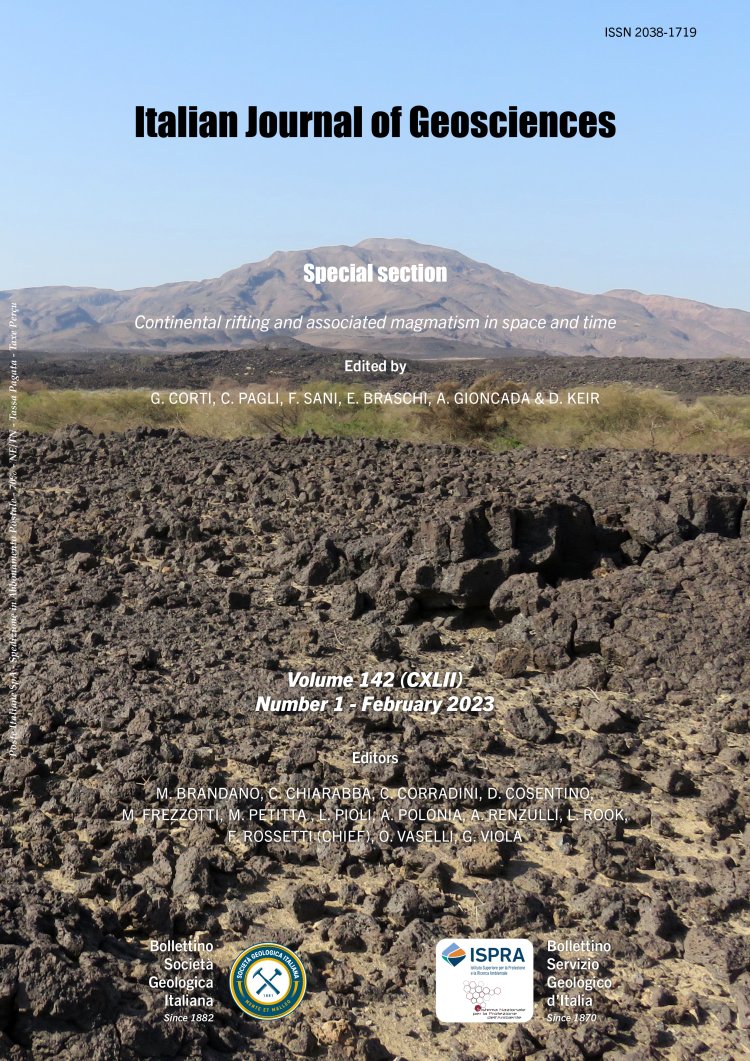
Dead, discovered, copied and forgotten: history and description of the first discovered ichthyosaur from the Upper Jurassic of Italy
Giovanni Serafini1, Erin E. Maxwell2, Miriam Cobianchi3, Luca Borghi1, Cesare Andrea Papazzoni1, Guido Roghi4 & Luca Giusberti5
1Dipartimento di Scienze Chimiche e Geologiche, Università degli Studi di Modena e Reggio Emilia, Via Campi 103, I-41125 Modena, Italy.
2Staatliches Museum für Naturkunde Stuttgart, Rosenstein 1, 70191 Stuttgart, Germany.
3Dipartimento di Scienze della Terra e dell’Ambiente, Università degli Studi di Pavia, via Ferrata 1, I-27100, Pavia, Italy.
4Istituto di Geoscienze e Georisorse, CNR, Via Gradenigo 6, 35131 Padova, Italy.
5Dipartimento di Geoscienze, Università degli Studi di Padova, Via Gradenigo 6, I–35131 Padova, Italy.
Corresponding author e-mail: giovanni.serafini@unimore.it
Volume: 142 (2023) f.1
Pages: 131-148
Abstract
In 2017 attention was brought back to the specimen V7158 from the Verona Natural History Museum. The fossil is a small fragment of an ichthyosaur rostrum discovered in the XIX century in the Verona territory (northeastern Italy) representing one of the first findings of Ichthyosauria in Italy. The specimen, after long oblivion, was re- discovered in the 1990s but until now was never officially described. In this paper we provide morphological analysis, taxonomic attribution, taphonomic analysis and age determination to V7158 as well as a detailed reconstruction of the peculiar history of this discovery. From our re-description, V7158 can be doubtfully attributed to Ophthalmosauridae and firmly assigned to the Tithonian. Age determination and the recognition of the source formation (Rosso Ammonitico Veronese, RAV) were achieved by means of calcareous nannofossils associated with the matrix of V7158 and through fieldwork activity in the area of discovery. Though fragmentary, the specimen is histologically very well preserved, a feature unusual for the taphonomic regime of the RAV and most likely restricted to its upper unit.
Keywords
Get Full Text Supplementary Material